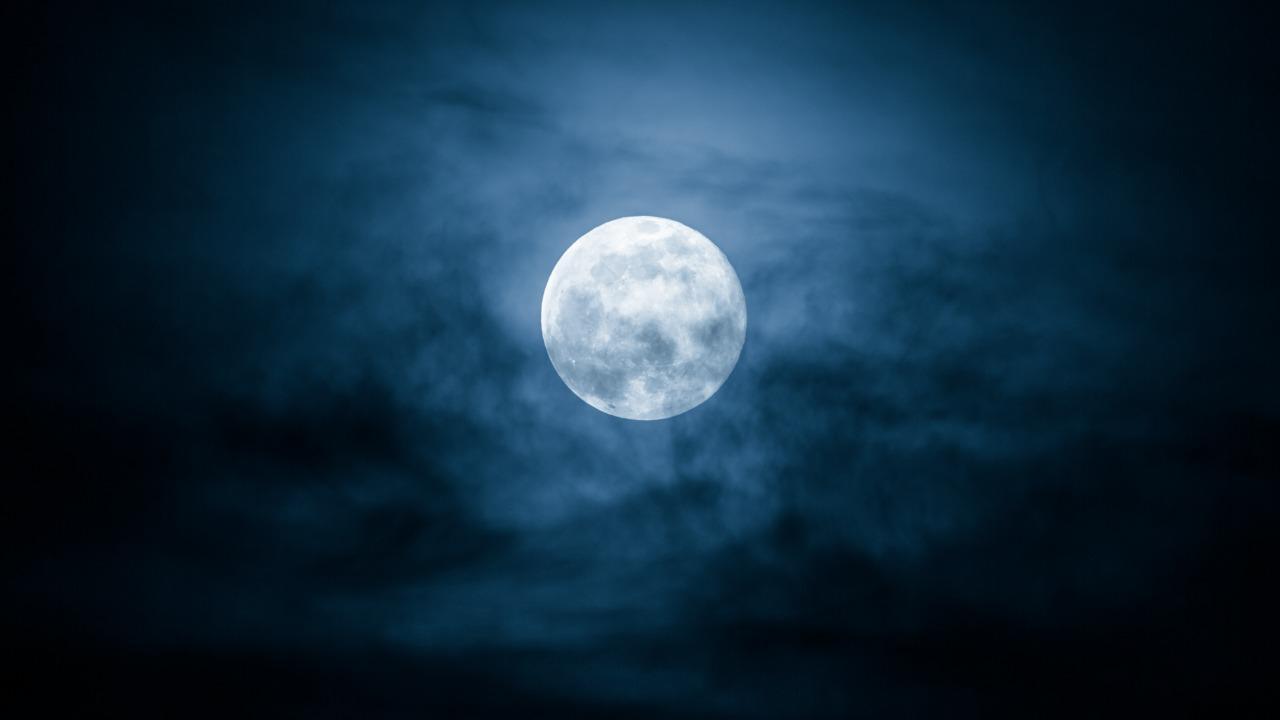Because of the large size of the Moon compared to the Earth, it controls the length of day and governs ocean tides, among other aspects of supporting life on the planet

Image for representational purpose only. Photo: istock
While Earth's moon is large for the planet's size, a new study has now found that our planet was just the right size to form such a large, life-enabling moon.
The study, by researchers from the University of Rochester in New York, found that rocky planets with a diametre more than 1.6 times that of Earth and icy planets with diametre more than 1.3 times that of Earth likely can't create moons that would have those life-enabling effects on them, Space.com reported.
Because of the large size of the Moon compared to the planet, it controls the length of Earth's day and governs ocean tides. The moon also stabilises Earth's axis of rotation, which in turn stabilises its mild climate, which is favorable for life.
According to the scientists, the Moon was born from a cataclysmic collision of a nascent Earth with a Mars-size world known as Theia.
This impact stirred up a huge amount of material, part of which turned into vapour in the heat generated by the impact. For some time, this material circled Earth in a disk similar to the ring system of Saturn. The material in this disk, scientists believe, gradually gave rise to smaller moonlets, which subsequently merged to form one large moon, the report said.
The new study, based on computer modelling, found that if larger planets collide, the energy of the impact is such that all of the ejected material vapourises rather than part of it. And that makes a difference.
The large amount of vapour around the planet creates drag, which gradually slows down the moonlets as they orbit the planet, making them crash onto its surface, the study found.
The findings might help astronomers fine-tune their search for potentially habitable planets. They simply have to focus on those that can have a large moon compared to their size, the report said.
"By understanding moon formations, we have a better constraint on what to look for when searching for Earth-like planets," study lead author Miki Nakajima, an assistant professor of earth and environmental sciences at the University of Rochester, said in a statement.
"We expect that exomoons [moons orbiting planets outside our solar system] should be everywhere, but so far we haven't confirmed any. Our constraints will be helpful for future observations."
This story has been sourced from a third party syndicated feed, agencies. Mid-day accepts no responsibility or liability for its dependability, trustworthiness, reliability and data of the text. Mid-day management/mid-day.com reserves the sole right to alter, delete or remove (without notice) the content in its absolute discretion for any reason whatsoever.
 Subscribe today by clicking the link and stay updated with the latest news!" Click here!
Subscribe today by clicking the link and stay updated with the latest news!" Click here!










